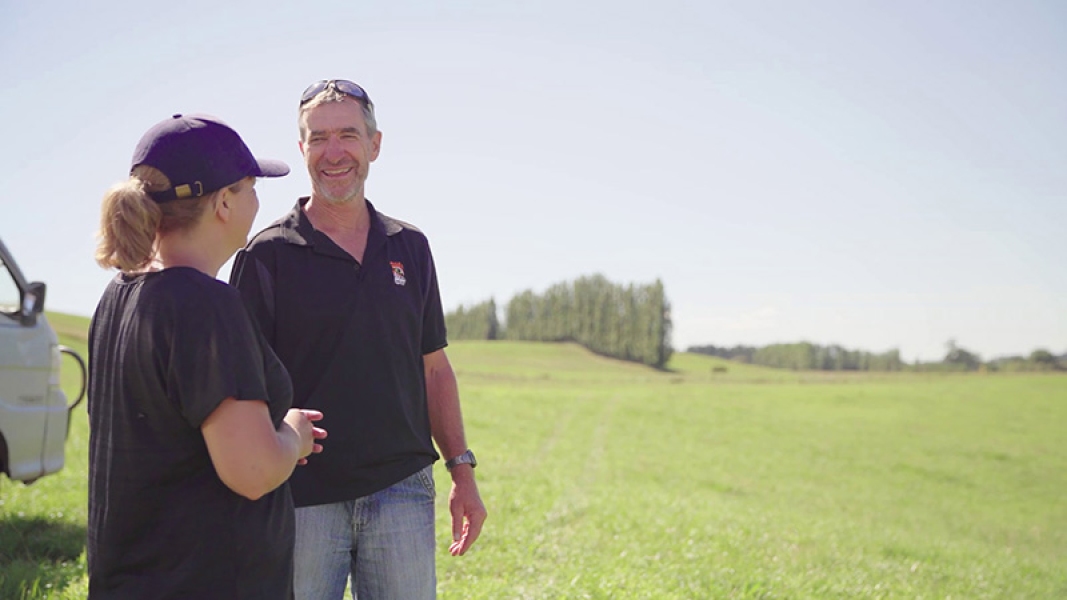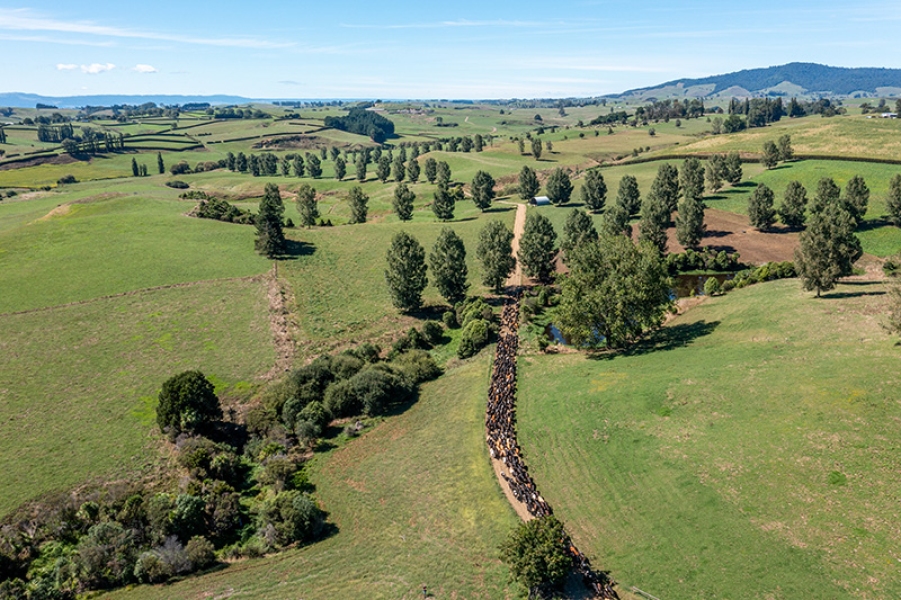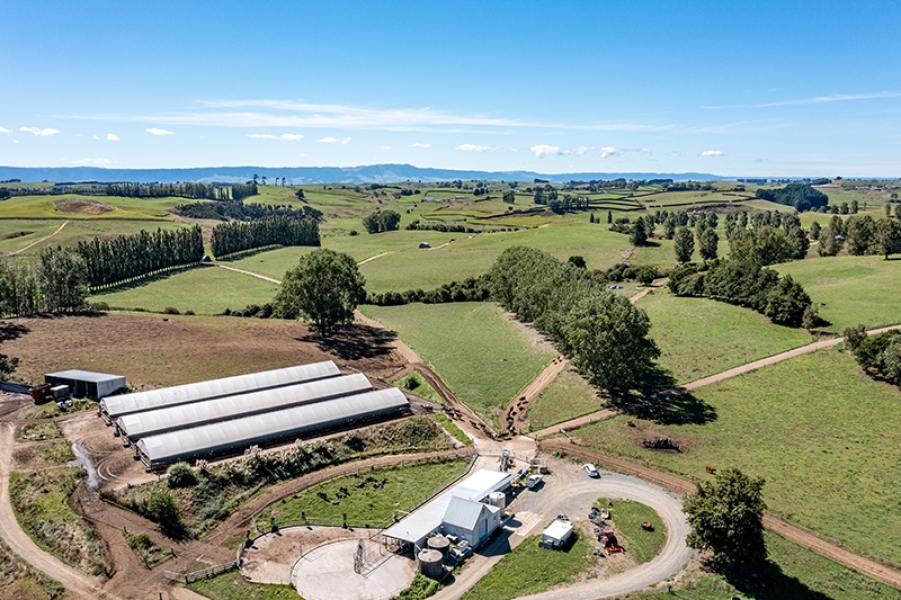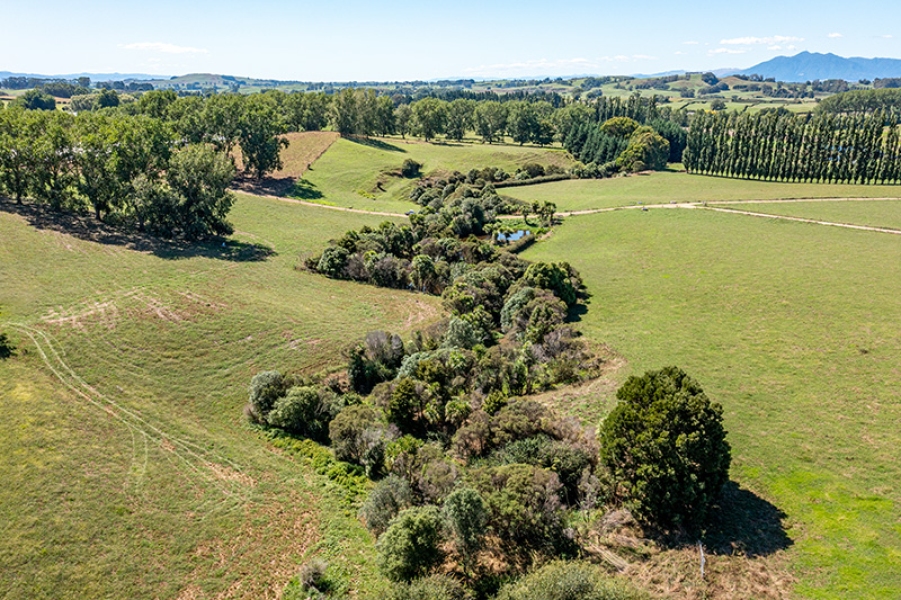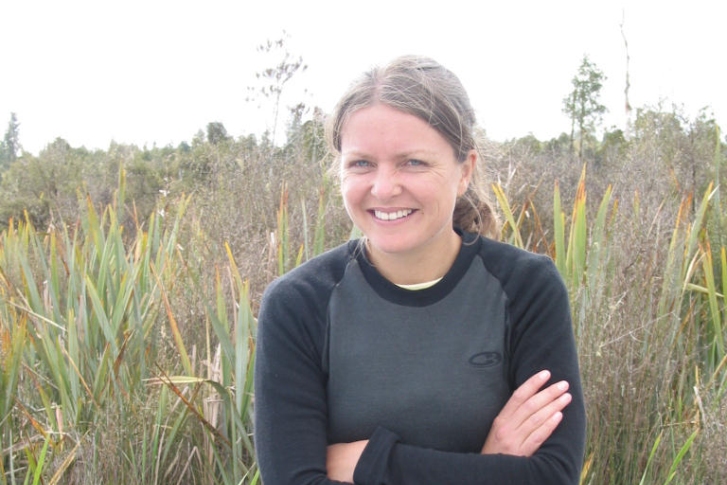Nutrients, sediment, and microbial contaminants are mobilized from urban and agricultural landscapes and enter streams, rivers, lakes and estuaries. These contaminants can degrade water quality, ecological health, and cultural values.
The National Policy Statement for Freshwater Management (NPS-FM, 2020) provides updated directions on how freshwater should be managed under the Resource Management Act (RMA, 1991).
Regional Councils and Territorial Local Authorities (TLAs) are required to give effect to the NPS-FM and the RMA through consultation with communities and the development of policies, rules, action plans and limits on resource use.
Regional Councils and TLAs are required to assess the current state of freshwater ecosystems and identify necessary actions to achieve the desired future state of those ecosystems, should the current state be degraded. Work with Māori and resource users then follows to implement actions in a reasonable and agreed timeframe.
In some instances, it is likely that changes in land use and land management practices will be required to reduce the loss of contaminants from land. However, widespread adoption of mitigation systems could reduce the need for large-scale, economically adverse land use changes. Mitigation systems are nature-based solutions like riparian buffers and wetlands that remove or retain land-based contaminants before they reach sensitive freshwater ecosystems.
Scientists in NIWA’s Mitigation Systems Programme are leading the development, testing, and design of effective mitigation systems, and assisting with their implementation and ongoing performance assessment.
Science problem and solutions
NIWA’s research on Mitigation Systems aims to provide effective tools to enable landowners to manage their contaminant losses.
Our work includes research on the performance of various mitigation systems including riparian buffers, protected or enhanced natural wetlands, and constructed wetlands.
Our latest advice on riparian buffer performance is presented below.
Maximising riparian mitigation
Design principles
What do riparian buffers need to do in order to reduce the need for major land use change?
Riparian buffers need to intercept and transform contaminants as they move from land to freshwater environments.
How is this achieved through design?
Contaminants move from land to freshwater via different hydrological flow pathways. Sediment and microbial contaminants are generally mobilized from land in overland flow resulting from rainfall events. Some nutrients are also bound to mobilized sediment or can be transported in overland flow in particulate form. In contrast, dissolved nutrients, including nitrate and phosphate, leach from soils into groundwater and are transported to nearby streams, rivers and lakes as interflow, shallow groundwater, and deep groundwater.
Riparian buffers composed of grasses often do an effective job of trapping sediment in overland flow. Grass buffers will be most effective when they are tall and dense, and the grass sward is well maintained.
Riparian buffers with woody trees and shrubs are best for removing dissolved nutrients from shallow groundwater as their roots extract dissolved nutrients to support growth. The riparian root zone may extend several metres below the ground surface, which increases the proportion of groundwater that is intercepted compared with shallow-rooted grasses.
The best riparian buffers are those that combine a grass buffer at the field edge with trees or shrubs closer to the stream, and flexible sedges on the stream margins. This is the basic design that NIWA and industry bodies such as DairyNZ recommend to landowners. The mix of grass and woody vegetation types enables interception of multiple flow pathways. Wetland sedges are recommended for stream margins due to their tolerance to periodic inundation and drag imposed by flood flows.
Including wet spots or wetlands within riparian buffers is also beneficial. Wet organic soils, especially those planted with wetland grasses or sedges may be effective at removing nitrate from water, through a process called denitrification. A slow flow of water through wetland areas is desirable to enhance soil-water contact and the denitrification function. Slow flow also encourages the deposition of sediment and associated contaminants within buffers, which reduces input to the stream.
Protecting wetland areas from disturbance, such as grazing, vehicle crossings, or vegetation removal is recommended to enhance their mitigation functions.
How wide should a buffer be?
Our research indicates that a buffer width that is about 10% of the length of the hillslope draining to the stream channel is ideal. On average we expect this to trap about 75% of sediment in runoff. And it will also trap nitrogen and phosphorus that are bound to that sediment. The 10% rule of thumb was developed for rolling hill country and may not be applicable on very flat or very steep land. In these cases, we recommend making the buffer as wide as is practical.
Where riparian soils have high clay content (>c. 30%), the effectiveness of riparian buffers to reduce sediment loss to streams may decrease because clay particles will settle less readily than those of coarser grain size. This is an area where more research is needed.
Co-benefits
Shading
Dense plantings of trees and shrubs shade streams, which keeps water temperatures cool. This is essential to support aquatic life such as fish and aquatic insects that are vulnerable to thermal stress.
Shade can also reduce the growth of nuisance algae and aquatic weeds and increase the relative abundance of native aquatic plants.
A simple rule of thumb is that riparian plantings should grow to create a dense screen and be as tall as the stream is wide to create enough shade for these benefits. This will create shading of around 70%. The longer the length of stream corridor with riparian planting that creates shade of 70% or more, the more likely it is that water temperatures will be kept cool.
Carbon sequestration
Riparian buffers can store significant amounts of carbon as the vegetation grows. They do this by removing the greenhouse gas carbon dioxide from the air for photosynthesis.
NIWA’s best estimates at present are that a 1 ha area of riparian buffer planted in actively growing native shrubs and trees sequesters up to about 5.3 tonnes of carbon dioxide equivalent per year.
In contrast, crops that are harvested, or pasture grasses that are grazed sequester little or no carbon because the biomass is removed regularly
Biodiversity opportunities
Riparian buffers can include a diverse range of native flora, including rare or threatened species as appropriate. Buffers with native plantings are likely to provide important habitat for native wildlife, especially birds.
Native sedges on stream margins create bankside cover for fish and all riparian vegetation can provide leaf litter to support stream food webs. Tree branches that periodically fall into streams and rivers also provides structural habitat for aquatic life.
Aesthetics
Riparian plantings enhance landscape aesthetics, and, potentially, property values.
Productive buffer concept
Taking land out of production to create effective riparian buffers can be costly but there is potential to generate economic returns from buffers to offset their costs. However, note that some types of productive buffer can have limited carbon sequestration benefits if vegetation is frequently harvested (as described for crops and pasture grasses above).
Grass buffers at field edges can be cut for seasonal silage, or haymaking, if they are accessible. Summer cutting is likely to help reinvigorate grass buffers at a time of year when there is lower risk of runoff, and it will also recycle the nutrients trapped in the grass back into the farm system.
Commercially valuable trees and shrubs can also be used to create productive buffers. Options include planting rewarewa for a honey crop, planting and harvesting willows, poplars, bananas, and some native species such as mahoe for use as fodder crops, and planting totara for timber and essential oil production. For further information see the ‘Recent reports’ section below.
Case study
Grant Wills and Karo Preston operate a 780-cow dairy farm on their 244-hectare property at Walton in the Matamata-Piako District in the Waikato Region.
They applied for a 30 per cent subsidy to help with the costs of an initial riparian planting project on their farm.
“We divided the property into five sections and decided to plant one section each year, over five years,” Grant said.
“But now we’ve actually moved beyond our five-year plan and are self-funding extra riparian planting projects where we can see they’re needed.”
There is extensive fencing of streams and tree planting across the farm. In riparian areas there are grasses and native tree and shrub plantings. There is also protection of wetland areas.
Grant and Karo have widened their riparian buffers extensively in some places to take in and protect slumping and eroding hillslopes which will help to keep this material from moving downslope and into their streams.
On one steep riparian slope near a stream, they are trialling plantings of rewarewa and other bee-attracting native shrubs.
Fencing off slopes has reduced stock losses arising from stock becoming bogged in streams or falling down hills.
Grant and Karo have enjoyed working with NIWA and encouraged other farmers to investigate the science and benefits behind riparian planting and mitigation systems.
“It’s easy to make decisions on a farm if it is science-based and NIWA has got the research and science behind it."
“Therefore I have full confidence that going into a project like this, it is going to be good for the environment and good for the farm.”
Current and proposed NIWA research
Our latest research on riparian buffers includes the development and testing of:
- A tool for monitoring network design to measure the freshwater benefits of riparian buffers
- A property-scale variable width buffer design framework
- A national hydrological flow path explorer tool to guide mitigation systems siting and design
- A process-based model to predict stream shade and water temperature associated with riparian planting designs
We have also recently updated NIWA’s riparian management training course.
Our future research will focus increasingly on:
- Measuring and modelling performance of these systems in collaboration with stakeholders
- Developing tools and guidance to inform best placement of these systems in the landscape, and how to optimise performance
- Working to ensure that mitigation systems are included in resource limit setting processes and included in integrated catchment models.
Where to get further information
NIWA’s Mitigation Science Team:
- Key contact: Dr Fleur Matheson
Recent reports:
- Attenuation of diffuse-source agricultural sediment and nutrients by riparian buffer zones: a review to support guideline development
- Preliminary riparian buffer guidelines: filtering surface runoff and nitrate removal from subsurface flow
- Analysis of stream responses to riparian management on the Taranaki ring plain
- Carbon sequestration potential of non-ETS land on farms
- Productive riparian buffers: literature review
- Productive riparian buffers: harvesting of PRB biomass
- Productive riparian buffers: willow biomass ensiling trials
- Productive riparian buffer harvesting impact trials
- Productive riparian buffers cost-benefit analysis
- Update of regulatory provisions for diffuse contaminant mitigation system implementation
- Regulatory barriers and incentives relevant to diffuse contaminant mitigation systems implementation
Recent journal publications:
- Environmental filtering of native and non-native stream macrophyte assemblages by habitat disturbances in an agricultural landscape
- Shading constrains the growth of invasive submerged macrophytes in streams
- Modelled effects of channel orientation and tree canopy shape on average shade in streams
Links to council web resources:
- Northland Regional Council
- Auckland Council
- Waikato Regional Council
- Bay of Plenty Regional Council
- Taranaki Regional Council
- Hawke's Bay Regional Council
- Horizons Regional Council
- Greater Wellington Regional Council
- Tasman District Council
- Nelson City Council
- Marlborough District Council
- Environment Canterbury
- Otago Regional Council
- Environment Southland
Links to other organisation’s web resources:
Acknowledgements
The productive buffer work was funded by Ministry for Primary Industries via DairyNZ.
Mitigation work generally has been funded by MBIE via research programmes, via Strategic Science Investment Funding (NIWA), and from fee-for-service work done by NIWA for DairyNZ, Overseer Limited, MPI and various regional councils.

